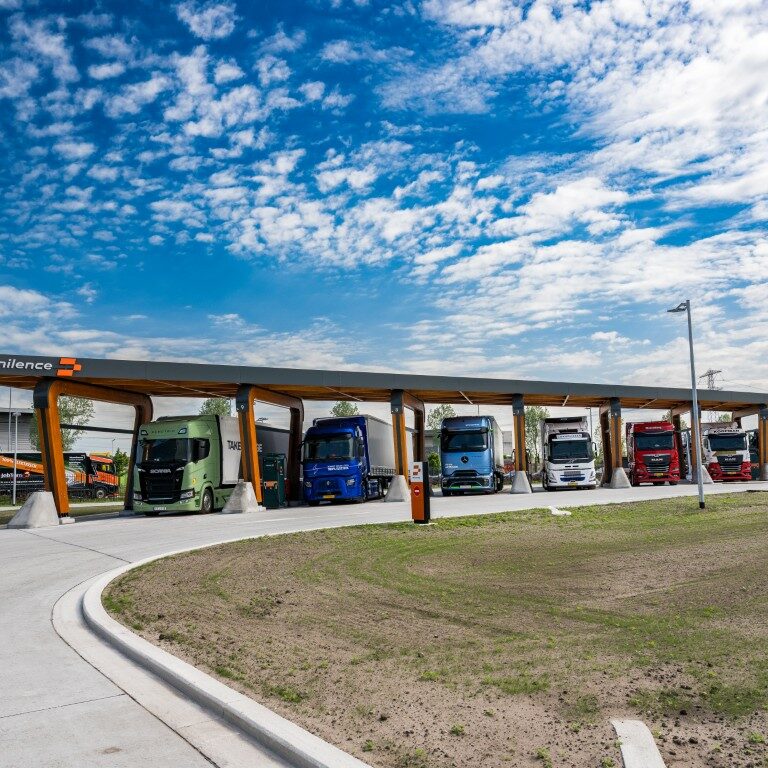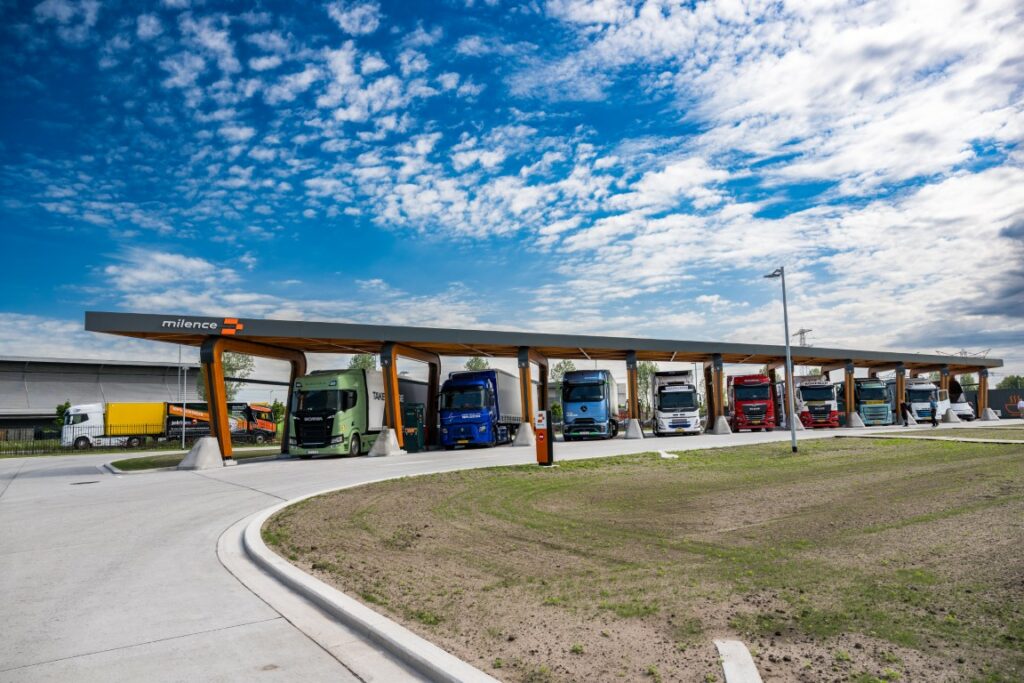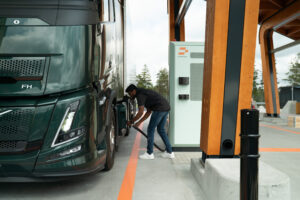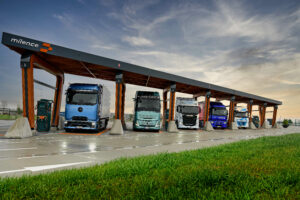Switching to electric heavy-duty vehicles (eHDVs) is not just about sustainability. Economics play a central role, and a question remains central for every fleet operator: When does going electric make financial sense?
Our new lifecycle Total Cost of Ownership (TCO) analysis reveals that the answer is sooner than many expect. While annual cost comparisons can make diesel look cheaper in the short term, looking at the entire lifecycle tells a different story: early adoption of eHDV leads to long-term savings and secures a stronger competitive edge.
To illustrate how the methodology works in practice, we analysed two distinct cases: regional distribution in the Netherlands and long-haul transport in Germany.
Why lifecycle TCO matters
Most cost assessments compare today’s fuel and purchase prices. But trucks operate for 5–7 years, and costs evolve: tolls, energy prices, and maintenance all change over time. That’s why Milence uses a lifecycle model that accounts for regulatory reforms (like Germany’s CO₂ toll and the Netherlands’ Vrachtwagenheffing), fuel and electricity trends, and lower maintenance costs for eHDV.
Key findings for fleets
- Savings emerge earlier than expected: In the Netherlands, first-use eHDV cases achieve a TCO advantage as early as 2025, driven by lower energy costs and favourable road taxation. In Germany, the tipping point comes in 2026, mainly due to the CO₂ element of the LKW-Maut and falling purchase prices for electric trucks.
- Regulation drives competitiveness: CO₂ tolls and ETS2 raise diesel costs, strengthening the case for electric.
- Early adoption pays off: Fleets that invest in electric now, even before yearly costs fully align, see the largest cumulative savings over a truck’s lifetime.
- Energy costs are the big advantage: With electricity three to six times more efficient than diesel, energy becomes a decisive cost driver.
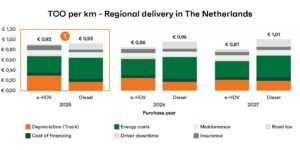
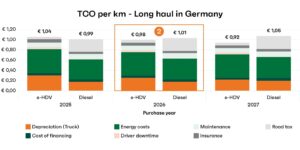
What this means for operators
- Look ahead: Don’t base investment decisions only on today’s prices. The economics are shifting fast.
- Balance your charging mix: Depot charging is part of the solution, but public charging will be key to scaling electrification.
- Plan routes strategically: Start with corridors where public charging is already available and build from there.
- Customise your TCO view: Every operation is different. A tailored TCO analysis ensures you capture the full benefits.
Electric trucks are becoming the smarter financial choice, even before yearly operating costs visibly tip in their favour. For fleets ready to move, the opportunity is here: long-term savings, stronger competitiveness, and a head start in the transition.
Want the full insights? Download our white paper on lifecycle TCO for eHDV and see how the numbers play out for your operation.
